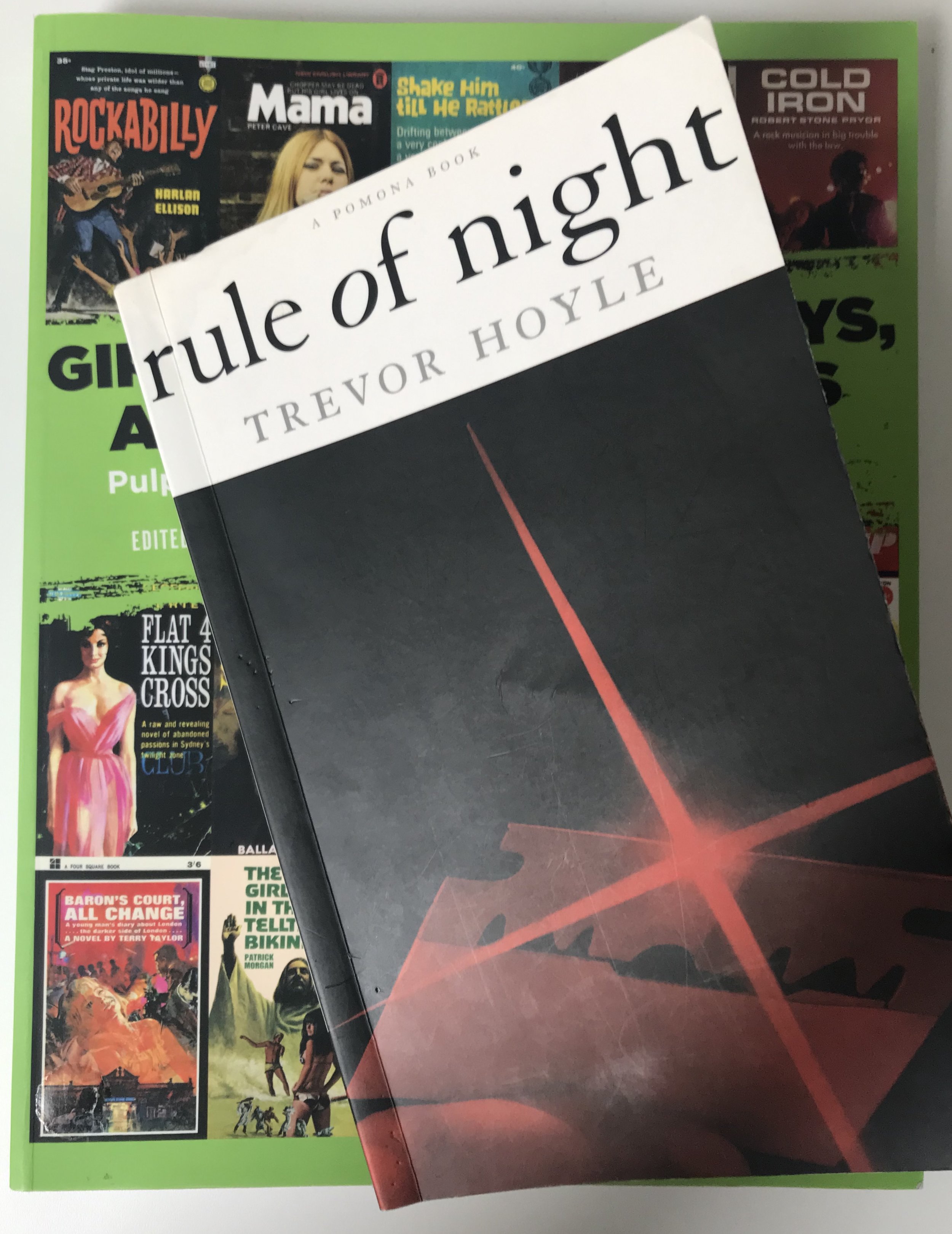Teds, Rebels, Hepcats and Psychos: The Story of British Rockabilly 1966-1988 (Rockin’ 4 Life Publications 2021)
Running close to 750 pages (and no footnotes or index to pump up the count), Paul Wragg’s self-published volume on British Rockabilly (the only sort that counts) starts in 1966 when the first record collector heads to the States to bring back a casket of pirate treasure, colonial plunder, and ends in 1998 when Charlie Feathers slipped away. 32 years of listening, playing and dancing to the rockabilly beat. Wragg presents his long history of the music’s style and attitude through a series of step-changing fads and trends told in first-hand accounts that makes this monumental volume something akin to McNeil and McCain’s Please Kill Me: The Uncensored Oral History of Punk (1996), only better.
I doubt many will read the book from start to finish, but whatever draws you to it you’ll not be disappointed. For myself, I wanted to know more about the collectors, fanzine writers, curators and reissue labels that first pulled the term ‘rockabilly’ out of the trash bin of history and invested it with the identity we know today, or think we know. So finding out more about Bill Millar, Martin Hawkins, Colin Escott and the like was my aim. I also wanted to know more about the Teddy Boy scene, the rock ‘n’ roll revivalists who had their moment in the sun at Wembley in the summer of 1972, and how they fed and then lost out to the rockabilly rebels who followed. I wasn’t disappointed.
You wanna know the story behind the 1970s bootlegs of rockabilly discs which are all but indistinguishable from the originals? Then you also need to know about Dan and Faye Coffey, who sold 45s bought back from trips to America and essentially created the market Henry Mariano and his exacto-repros then developed. And you absolutely have to know about the Bill Millar curated series of rockabilly compilations, each focusing on a label’s output, which are as seminal as Nuggets and any of the sets of sixties garage punk LPs that followed. The importance of Millar’s series in the scheme of things is nailed when Tim ‘Polecat’ Worman explains that the Stray Cats initially got their look from Levi Dexter and the Rockats and their set list from Imperial Rockabilly Volume 1, but then what rockabilly band didn’t mine that vein? The story of collectors providing the material on which three generations of young musicians will find their stimulus and inspiration is vividly captured by Wragg.
While Crazy Cavan is the ship’s figure head, loved by most, respected by all, for Wragg the core of the tale he really wants to tell begins as the great man’s strength starts to fail. Without selling any trend short, Wragg is most interested, I think, in the late-1970s and early 1980s when rockabilly became a significant element among Britain’s teenage tribes and momentarily goes mainstream with chart toppers and TOTPs exposure. While the bands that helped form and rode this wave are all given a generous amount of space to tell their part in things, the real story belongs to the adherents and scene makers, those who danced to the records and supported the bands, the young kids who took the music, style and attitude to heart and remade the world in their own image.
If I started to lose interest with all the rockin’ weekenders in Caister and Hemsby it doesn’t much matter because by then my pockets were already loaded with gold and others will find that final part as fascinating as I found the first half and a bit.
Because these tales have rarely had an audience outside of the social groups Wagg documents, the stories are as fresh as the day they were first told, presented without guile or perfidy. Given the scope of the project, Teds, Rebels, Hepcats and Psychos is an extraordinary achievement, a luminous oral history, superbly compiled, organised and edited by the author. If this book had been supported by an established publisher it would still have been an heroic achievement, to have done it independently is a true testament to the spirit of rockabilly that Wragg sets out to celebrate. You need this book, your friends and family deserve their own copies too.
£15 paperback and £25 hardback plus shipping. Contact: paulwragg68@btinternet.com







